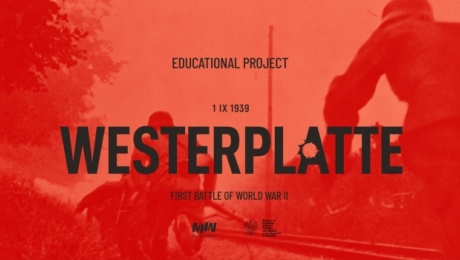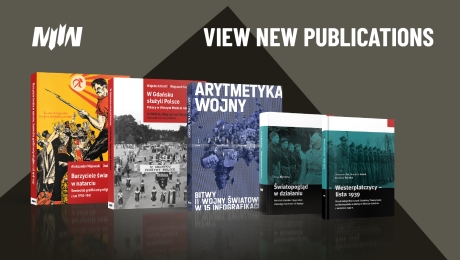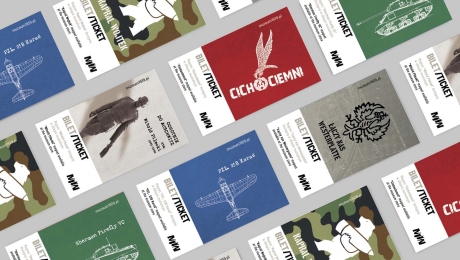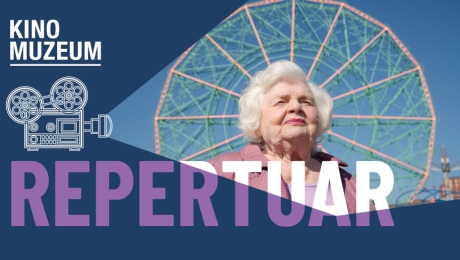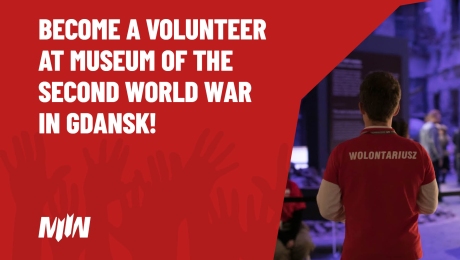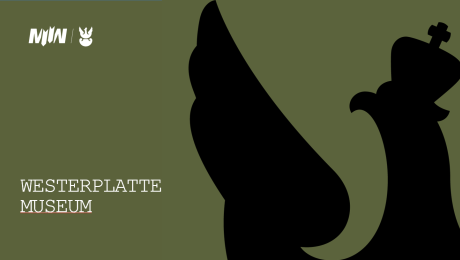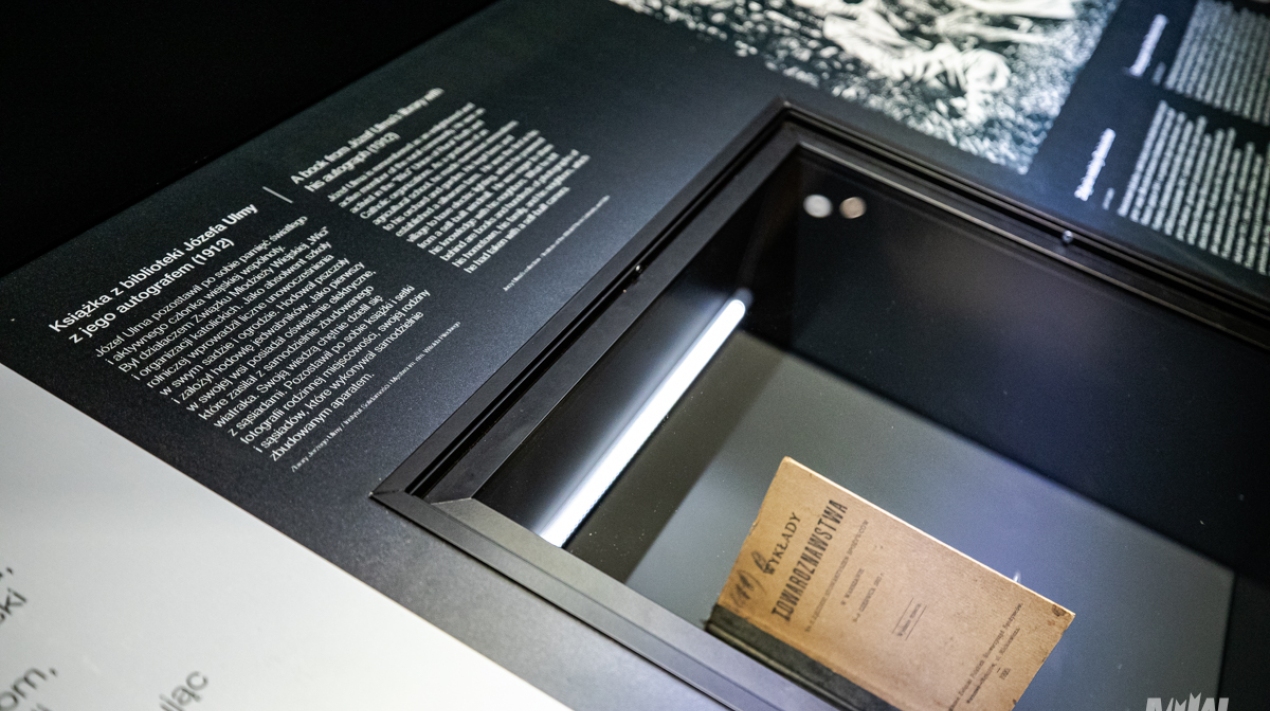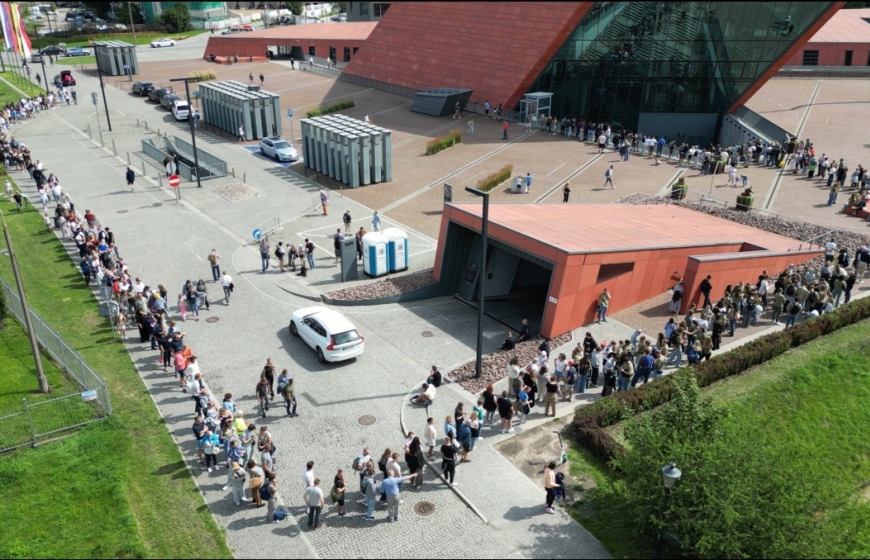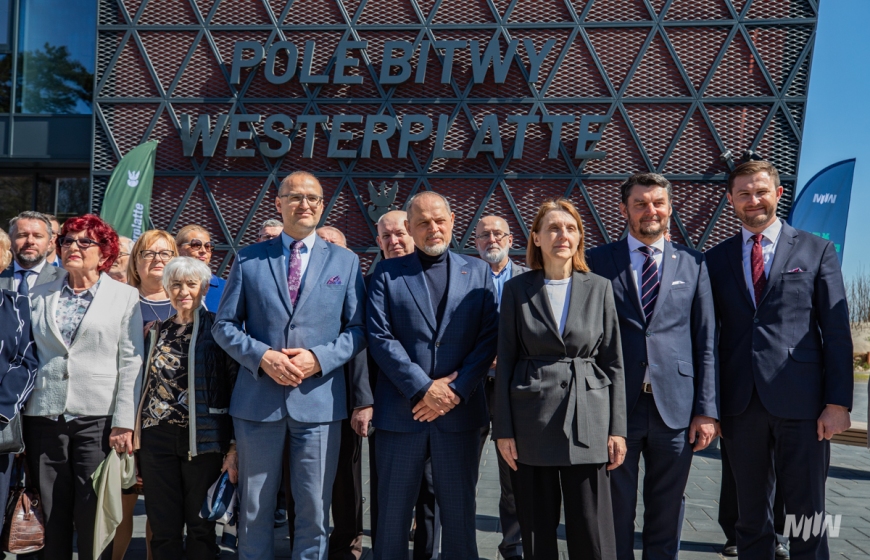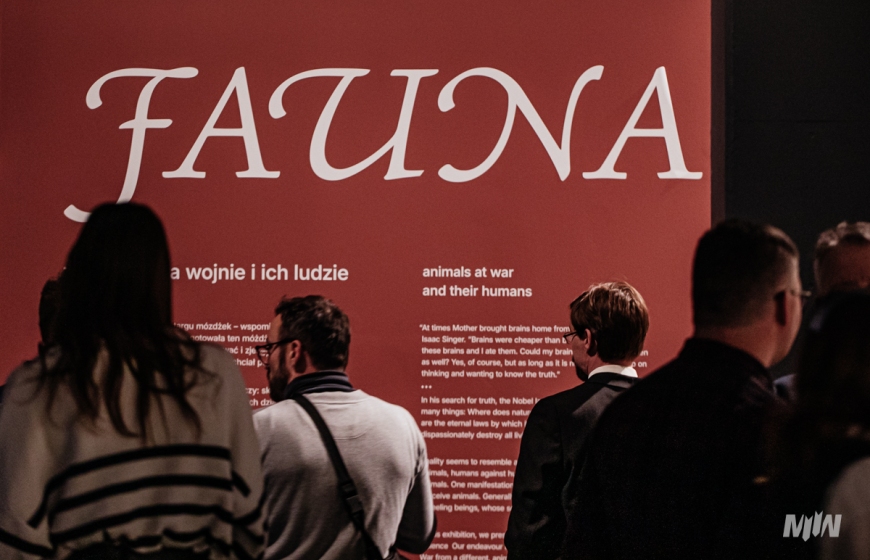Museum of the Second World War Exhibition Reopens to the Public – Renovation Work and New Exhibits
Since Saturday, January 18, the main exhibition at Museum of the Second World War in Gdansk Museum has reopened to the public following a closure from January 7 to 17 for essential repairs and the installation of new exhibition elements. During a press conference on Saturday, Museum directors shared details about the outcomes of the recent renovation work.
The event was attended by the Museum’s current directors, Prof. Rafał Wnuk and Dr. Janusz Marszalec, alongside former directors Prof. Paweł Machcewicz and Prof. Piotr Majewski, who were instrumental in shaping the original design of the core exhibition. Dr. Jan Szkudliński, head of the Historical Department leading the team responsible for the updates, also provided insights to the press.
As part of the conservation and renovation effort, several displays have been reconfigured and repositioned, and the flooring in the replaced. “We are restoring the interiors to their original brilliance, ensuring they continue to leave a powerful impression on visitors, just as they did when the museum first opened eight years ago," said Prof. Rafał Wnuk, Director of the Museum of the Second World War (MIIW).
In addition to the restoration work, several new features have been introduced, including an expanded narrative about Cavalry Captain Witold Pilecki, now highlighted as an iconic figure in the introductory section of the ‘Resistance’ exhibit. This exhibit features Pilecki's story for the second time within the main exhibition.
The exhibition has also been enriched with a significant artefact from the Ulma family: a book signed by Józef Ulma. This rare item, generously provided by his nephew, Jerzy Ulma and the Pilecki Institute, was first displayed as part of the ‘Living History’ series in November last year. It has now been integrated into the main exhibition. Notably, the MIIW is the only institution, aside from the Ulma Family Museum of Poles Saving Jews During World War II in Markowa, to feature an item from the Ulma family collection.
We have made a public commitment to introduce new themes into the exhibition, and we are fulfilling that promise," said Prof. Rafał Wnuk. "We hope that by expanding the story of Witold Pilecki and introducing the figure of Father Kolbe, we can help ease the emotional reactions surrounding the exhibition.
In addition to these updates, several remarkable objects have returned to the Museum:
• bullet-riddled Polish helmet from September 1939, now displayed in the section dedicated to the cost of war.
• Soviet board game, illustrating the widespread ideological indoctrination in the USSR, now featured in the section on Soviet totalitarianism.
• hand hooked rug, likely crafted by members of national minorities in pre-war Poland, celebrating the entry of the Red Army into Polish territory after September 17, 1939, placed in the section on Soviet aggression against Poland.
• Polish flag from Lviv, hidden by the Gruszkowski family, now exhibited in the section on the ‘repatriation’ of the Polish population from the annexed eastern territories.
Our Museum is a dynamic institution that is constantly evolving," Prof. Wnuk noted. "The exhibition is improving all the time. On the one hand, incredibly valuable artefacts that were previously removed by our predecessor – such as a bullet-riddled helmet and a rug – have been restored. On the other, new and equally significant items have been added, including a badge of the Cichociemni unit and a book from the library of Józef Ulma.
In addition, the presentation of Captain Antoni Kasztelan has been properly contextualized, with related exhibits now placed in the section dedicated to the German occupation of Poland. The end statistics table outlining the war’s bloody toll has also been revised to reflect losses in absolute numbers. New content focusing on partisans in select occupied European countries has been added to further enrich the narrative. The film Diptych, restored in May 2024 and concluding the tour, has been updated with scenes that highlight key events from 2017 to 2023. Furthermore, the exhibition’s authors have made stylistic adjustments and have corrected errors pointed out by both museum staff and visitors.
The changes and additions are the result of new research findings and our attentive response to public input,” Dr. Jan Szkudliński explained. "These updates have been carried out in accordance with the highest scholarly and curatorial standards. Nevertheless, the heroes – both well-known and those remembered less – remain central to the story, ensuring that visitors from around the world continue to learn from their experiences every day.
Renovation work on the main exhibition is still ongoing in the Katyn section (8.2) and the section on deportations and resettlements (8.3), with completion expected by February 10. The Time Travel children’s exhibit will reopen on Tuesday, January 21. Additionally, the temporary exhibition Forest. Victims' Refuge. A Hideout of Crime will be available until the end of February.






